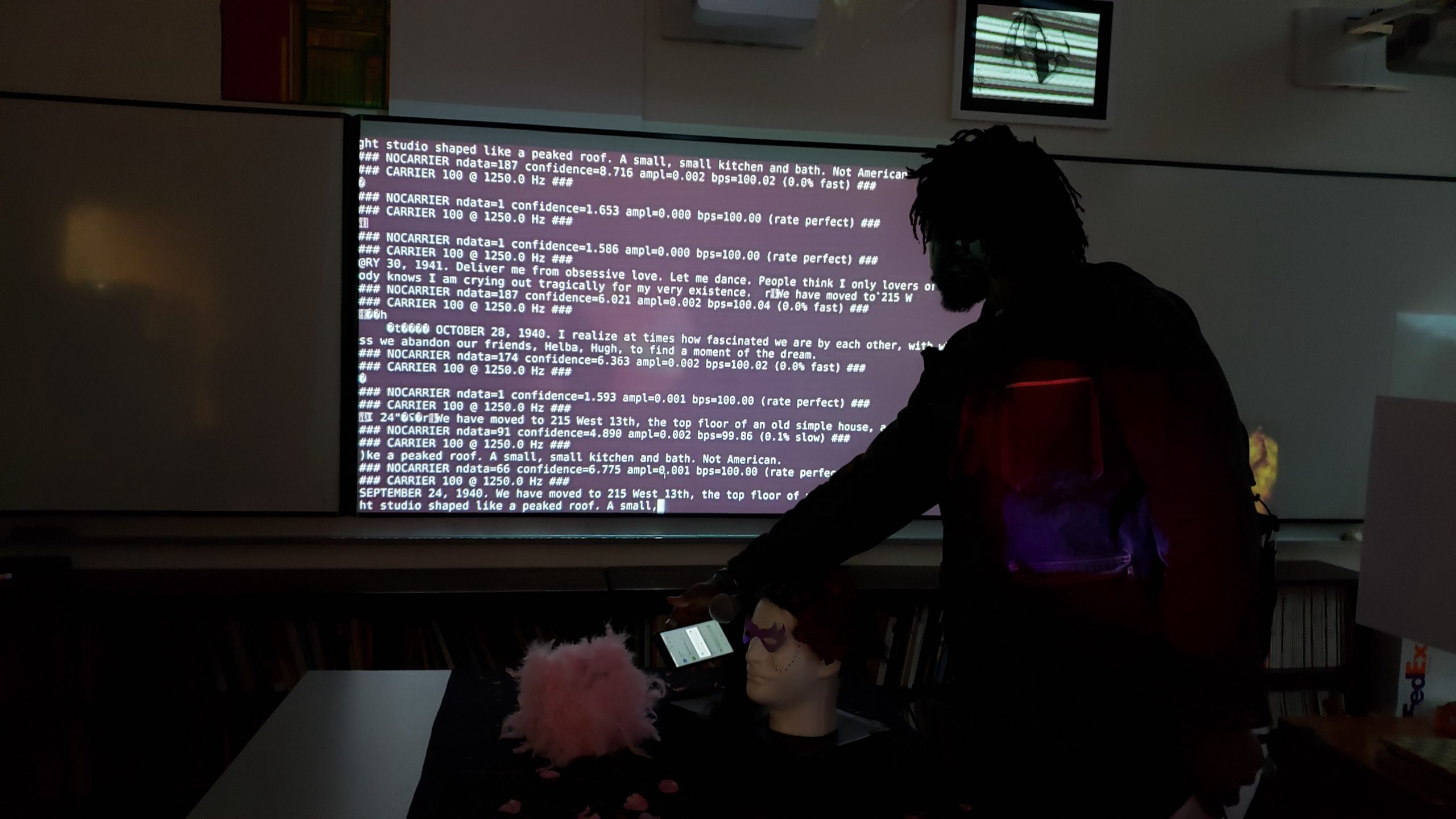
Category: Archive
This is the main category for Archive files storage.

Micro ArtScience Actions (MASA)
ArtSciLab Colleagues:
I would like to draw your attention to the Recent YASMIN WWWASP discussion (the Who, what where of our artscience community of practice)- Led by Guillermo Munoz with several colleagues across the world (see at end of this post). The YASMIN list is an international list of artscience professionals and amateurs and observers.
The discussion is now open to any colleague on the Tasmin list- we look forward to your thoughts: If you aren’t on YASMIN:
I just posted this to YASMIN
“I would like to pick up on Salome Cuesta proposal for ‘micro-actions’ in our
art-science communities of practice, and Diamond Berverly’s idea of
a ‘continous conundrum (see below).
After 30 years as Executive Editor of Leonardo, for the first time I am
now deeply engaged as a practitioner in art science collaborations. I
like
to joke that astrophysics was so easy ! We all agreed on the success
criteria and used the same concepts, methods and terminology. Plus we
were very well funded in comparison with artscience research.
Thanks to Guillermo Munoz and colleagues at the University of Valencia I received a PhD in Art, so I am now an ArtScience ‘postdoc’ with a PhD in astrophysics and a PhD in art !
As James Leach pointed out in his Leonardo article (Extending Contexts, Making Possibilities: An Introduction to Evaluating the Projects – James Leach) many many art science collaborations ‘fail’ in achieving their original objectives.
In our ArtSciLab we have been arguing that there is a very big step between inter/multi disciplinary collaborations and ‘trans’ disciplinary collaborations which bridge very very different disciplines with very very different personal and collective success criteria, and very very different often contradictory methods, concepts , terminologies-
These are in Diamond Berverly’s term ‘conundral;- see Merriam Webster
“The exact origin of conundrum isn’t known with certainty. What is known is that the word has been in use since the early 1600s, and that it had various spellings, such as conimbrum, quonundrum, conuncrum, and quadundrum, before the current spelling was finally established sometime in the mid-17th century. One theory of origin suggests that the word was coined as a parody of Latin by students at Oxford University, where it appears to have enjoyed particular popularity in its “word play” or “pun” sense. While the prevalent sense in this century is that of the seemingly unanswerable question or problem, frequently applied to heady dilemmas involving ethics, sociology, or economics, the word is sometimes so loosely applied to anything enigmatic as to be synonymous with puzzle or mystery.”
One of the strategies we have been trying is “micro-projects” in Cuesta’s terminology- we define them as short duration ( weeks), projects which require no money or cash, only gift exchange of time and access to facilities, expertise etc ( the gift exchange vocabulary comes from James Leach )
In the ArtSciLab we are approached continuously by ‘stem’ professionals who want to collaborate. Interestingly these range from physical sciences and engineering to the brain and Behavioural sciences to business and social sciences…
Often the stem professionals who reach out to us, “they” have antiquated ideas of what making art involves or results in today. Often they view art as less primary in the ‘tree of knowledge” (i.e. in a branch not in the trunk).
Often they have very different methods , concepts, terminology (we are trying to develop transdisciplinary apprenticeships as part of the approach). Mauricio Mejia at ASU, Alex Topete, colleagues, and I are currently submitting a workshop proposal on applying translation studies methods to transdisciplinary collaborations.
If a micro-project doesn’t succeed, its likely that a significant project won’t in our experience.
I am delighted that a student research in our ArtSciLab , Diamond Beverly, has proposed:
“how do we go about including diverse voices and fostering heterogeneous approaches instead unconsciously excluding people from the conversation and thus creating a continuous conundrum.” which highlights the implicit bias of the artscience community towards people in academia with its ethnic, gender, socio-economic and other implicit social biases.
Maybe the non -academic and younger members of Yasmin should weigh in, just as from Diamond Berverly:
I was very intrigued with your post last week when you emphasized
educational spaces and work shop methodologies. I would like to know
how you define micro-actions. I also find such maker spaces and
hackathons a good step into the future of collaborative educational
space. A question that persists however is how these spaces find their
audience?
And by this I mean how do we go about including diverse voices and fostering heterogeneous approaches instead unconsciously excluding people from the conversation and thus creating a continuous conundrum.
So all Latin students on Yasmin go at it :
“One theory of origin of ‘conundrum” suggests that the word was coined as a parody of Latin by students at Oxford University, where it appears to have enjoyed particular popularity in its “word play” or “pun” sense. While the prevalent sense in this century is that of the seemingly unanswerable question or problem, frequently applied to heady dilemmas involving ethics, sociology, or economics, the word is sometimes so loosely applied to anything enigmatic as to be synonymous with puzzle or mystery.”
Or maybe living in a continuous conundrum is a desirable state ? Certainly it is a state that drives our ArtScience work and is generative of desired outcomes.
Roger Malina
P.S These are the invited discussants:
Jadwiga
Charzynska: I am the director of LAZNIA CCA in Gdansk since 2004 and in
our program, one of the most important points is the Art + Science
Meeting project, which we organize regularly from 2011. It’s really
unique program in Poland presented Art / Sci projects.
Links: http://www.laznia.pl/instytucja/
Joao
Silveira: Brazilian entrepreneur, choreographer and pharmacist. Was a
Harvard Fellow (Le Laboratoire/ 2017-2019) and currently is a research
fellow at the ArtSciLab – UT Dallas, and CienciArte Lab – Fiocruz.
Jing
Chen: Associate professor of Arts and associate director of Art and
Cultural Innovation and Creativity Lab of Nanjing University.
Gustavo
Ariel Schwartz.: Physicist and writer. Scientist of the Spanish
National Research Council (CSIC) at the Materials Physics Center.
Founder director of the Mestizajes Program, at the Donostia
International Physics Center, whose purpose is to explore and cross the
borders among Art, Science, Literature and Humanities.
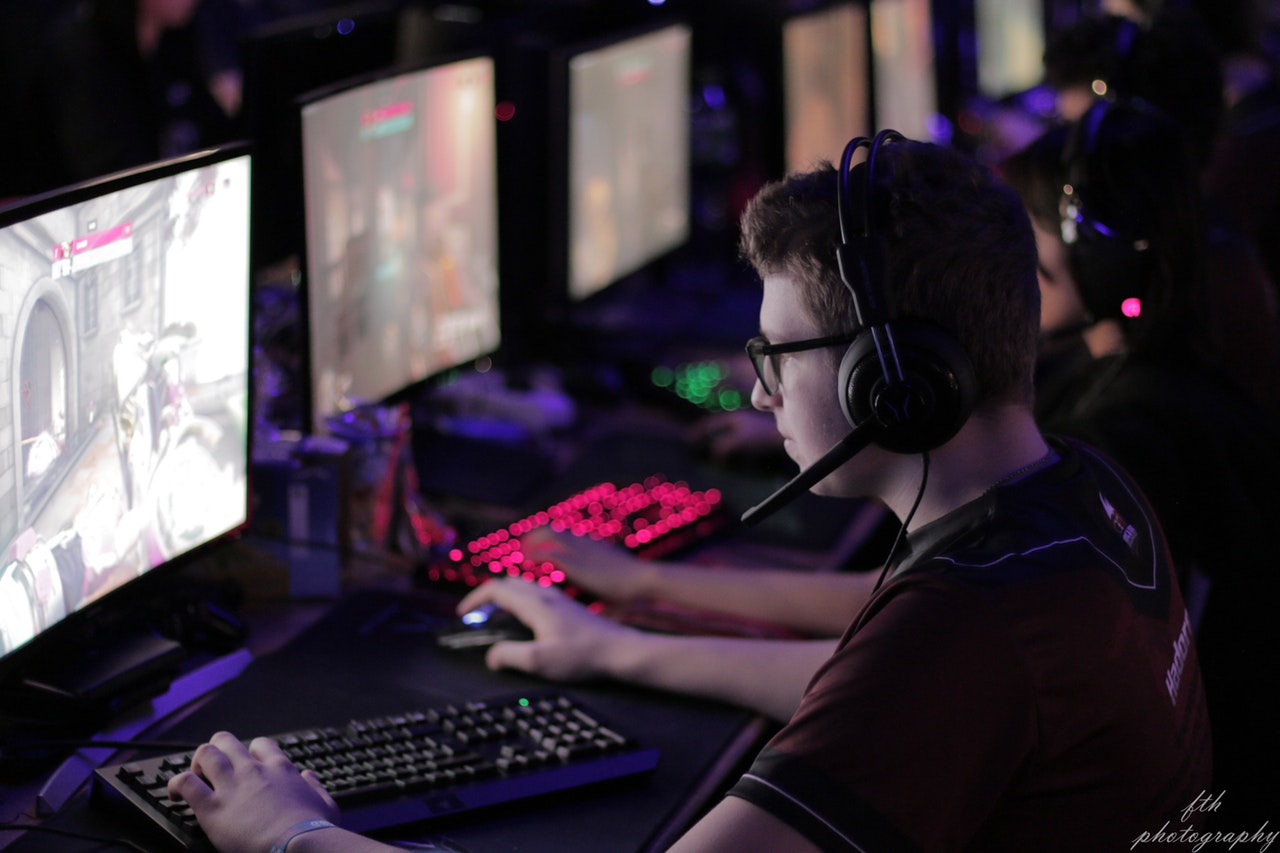
The Initiative to Enhance the Esports Player Cognitive Performance & Wellbeing.
This Esports Cyberathlete Development (ECD) project launched by the University of Texas at Dallas’ ArtSciLab aims to contribute to design one of the first new sports of the 21st century.
Our efforts aim to:
(1) Promote positive values obtained from participating on an Esports team;
a. Investigate the enhanced cognitive abilities through the strategically-complex gameplay of Esports
b. Investigate the positive social developments that occur in and out of the Esports environment
(2) Focus on relieving the stigmatized universe of Esports concerning gender stereotypes and effects on intellectual performance;
a. Our research aims to increase overall inclusivity among various demographics and how its benefits are not discriminatory towards any gender
(3) Help to integrate the skills learned by the Esports players into their lives during and after their Esports careers;
a. Analysis of cognitive skills acquired by gamers during their gameplay, how such skills can generally transfer to real-world application, and to increase their executive longevity.
Can AI understand culture?
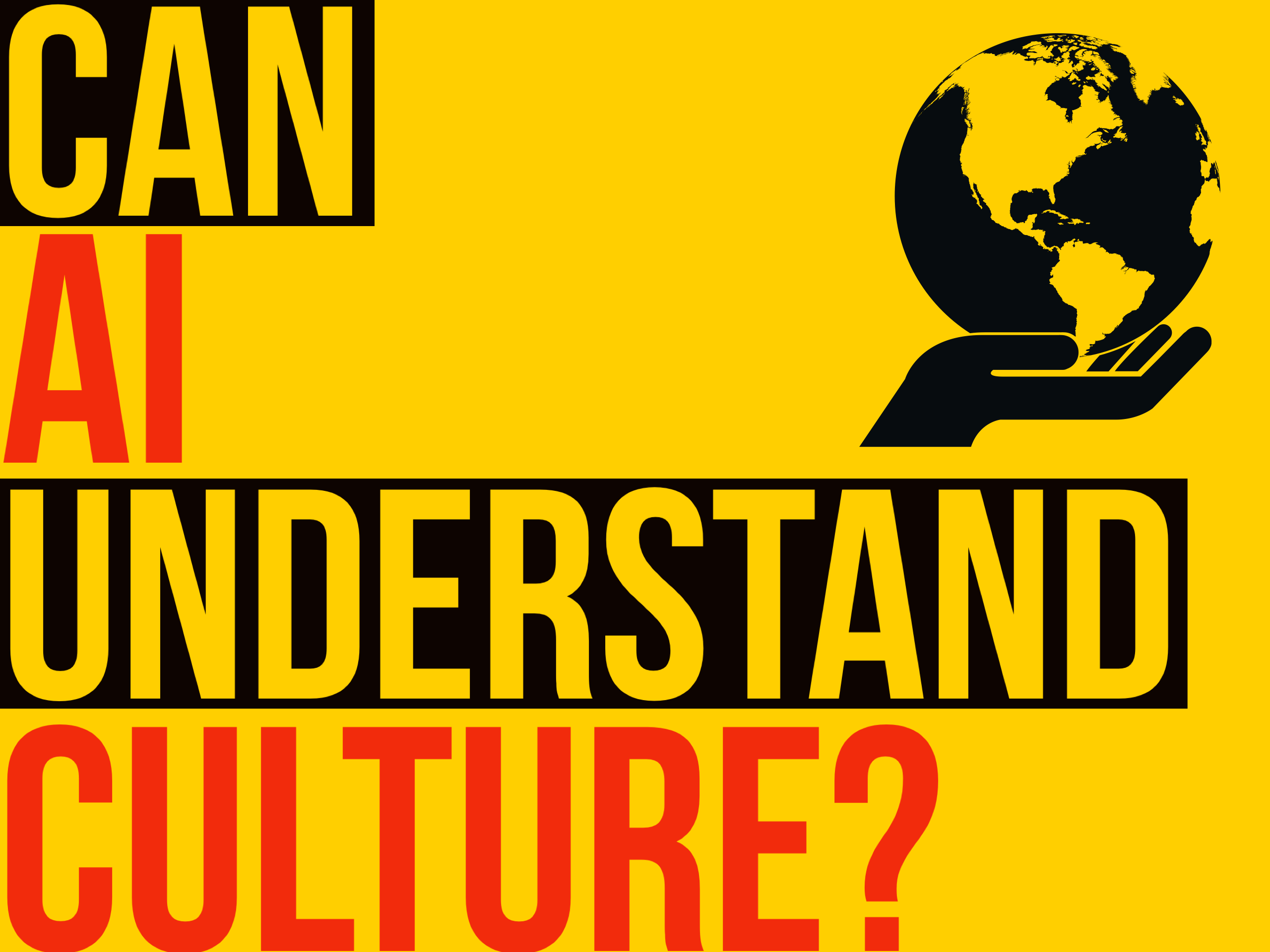
Culture and AI
A vital component for the development of technology
By Cris Kubli
Since the consolidation of evolutionary theory in the 19th century, many scholars have believed that progress is a linear phenomenon. For it to succeed, one must be as rational as possible, make improvements every time and follow a rigorous set of rules that are known as the scientific method. During this time, certain disciplines such as the biological and physical sciences have been glorified as essential tools for human advancement— all while leaving the arts, humanities and social sciences behind and deeming them less important for human growth.
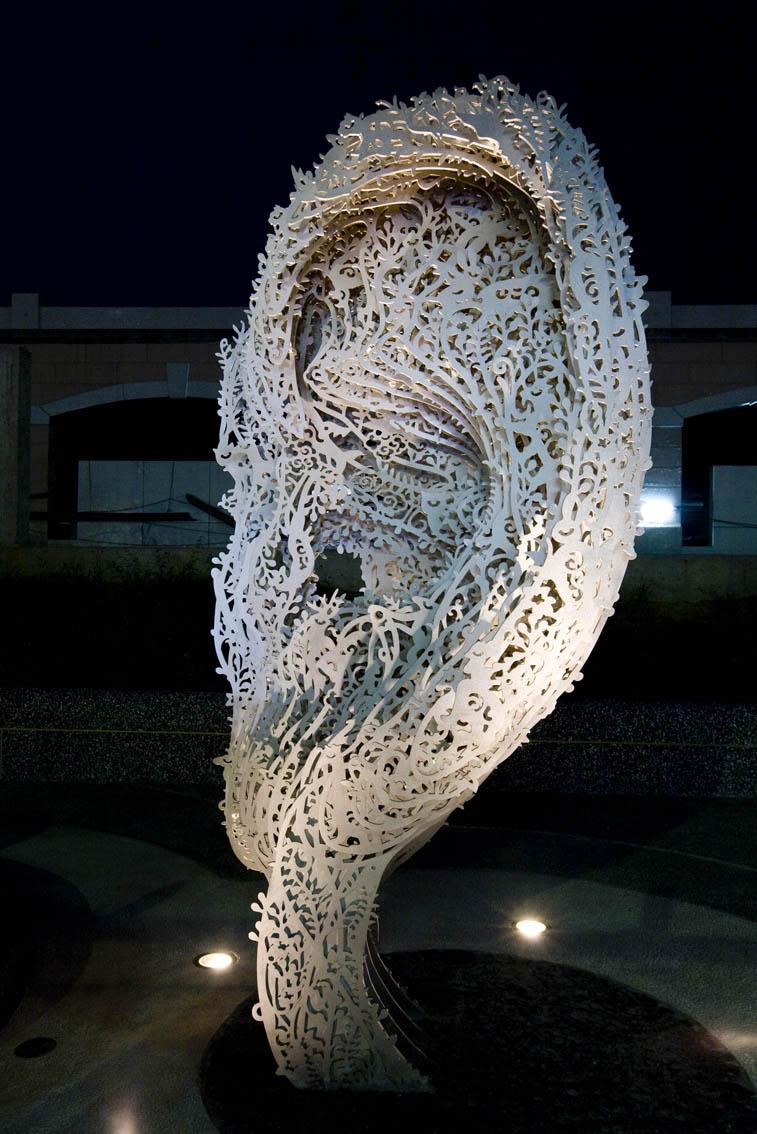
Authored by Scot Greshman-Lancaster (with co-authors Sharath Chandra Ram and Roger Malina), this paper discusses a rough taxonomy of data sonification methods. It summarizes the discoveries and results of ongoing in-depth exploration in this area of research, and uses some of the ArtSciLab’s own modules based on this taxonomy to allow listeners of data and users of machines to make better, faster decisions and help distribute these techniques on a larger scale.
Scot Gresham-Lancaster: Ways Of Listening v. 1.01
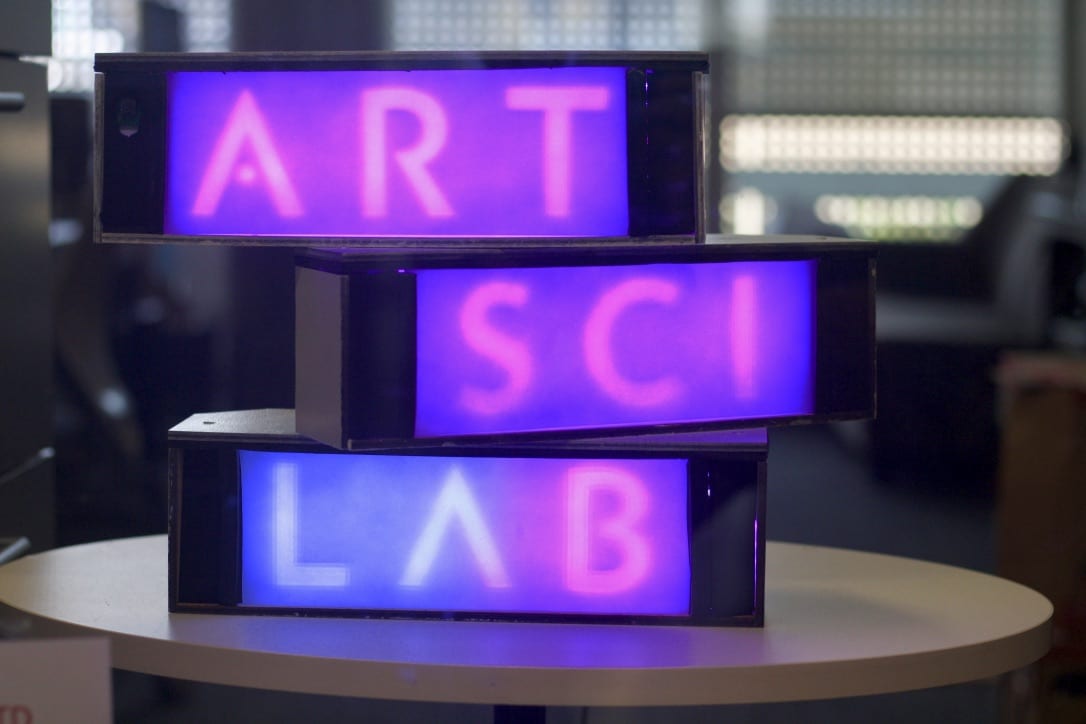
Since the lab’s conception, the window of the ArtSciLab has been underutilized. Currently, there is a whiteboard that never gets updated with new information, and to the casual observer, there is nothing to differentiate the lab from other rooms in the ATEC.

ArtSciLab members,
Scot Gresham Lancaster and Zura Javakhadze are pleased to announce forthcoming performances of the Data Stethoscope Project- these are performances will involve using the electronic chess board provided by the UTD Chess team (thanks Zura), software modules from the project that allow you to see things you cannot see in the big data being sonified and visualized. It is part of the ArtSciLab method to carry out art performances as a transdisciplinary research method.
The performances will be in September in Dallas at
a) the Dallas Chess Club
b) the Dallas MAVS ESPORTS facility in Deep Ellum
This is a call for interest:
a) if you would like to play chess in public with scot on the chessboard, please contact us
b) if you have ideas on how to make the performance artistically powerful and memorable, all suggestions welcome
c) we are looking for help creating podcasts around the performance, a video and video abstract and other public-ations on the performance
d) we welcome ideas for creative disruptions or disturbances in the design of the performance
One of the previous performances is described at http://malina.diatrope.com/2016/10/28/marcel-cage-and-john-duchamp-perform-reunion-at-nine-evenings-2-in-seattle-tonight/
Please contact Scot or Roger if you are interested in being involved.
Roger Malina
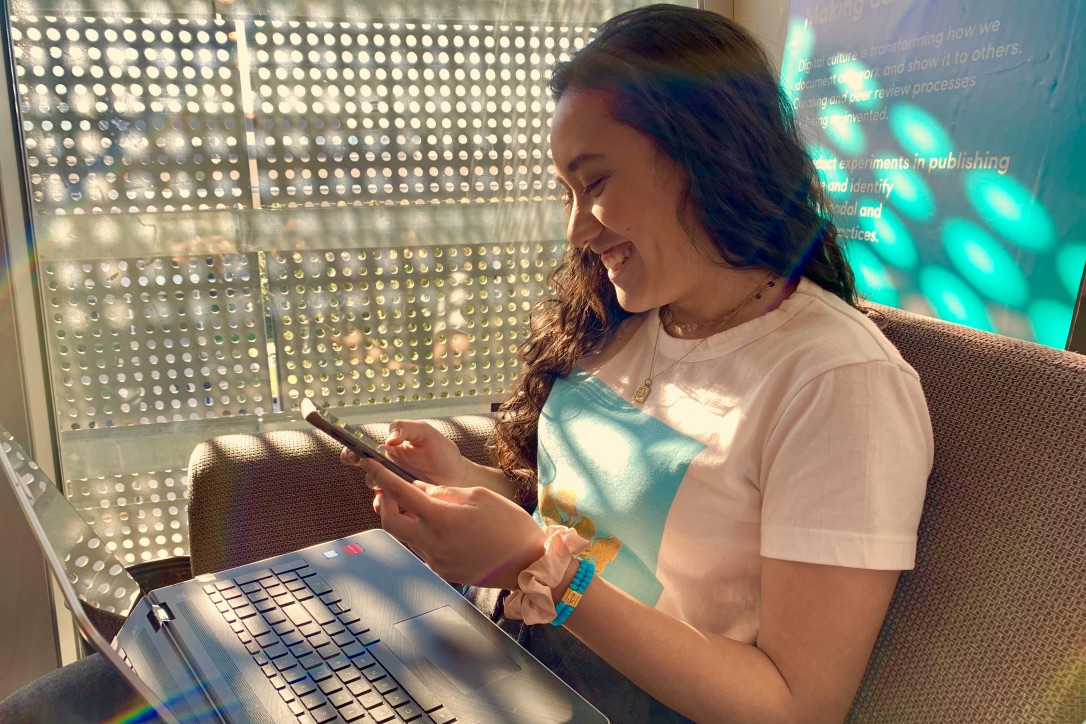
Graziella “Ela” Detecio worked on the ArtSciLab team as a Junior Designer. During her time here, she contributed to the design of project and marketing materials of the lab. As it’s time for her to move on to the next step in her career, Yvan Tina, team leader of Creative Disturbance, sat down with Ela and asked her a few questions as a part of her transition out of the ArtSciLab.
What attracted her to the ArtSciLab position?
Ela found the ArtSciLab through cofounder, Cassini Nazir. This job was a chance for her to gain design and marketing experience and work toward her career goals: consulting or client-based work for a creative marketing or design firm.
How did Ela rate her experience the ArtSciLab overall?
Towards the end, the position was not exactly what Ela expected it to be. She was expecting more graphic design and marketing work from the position and would have preferred it if there were clear goals because some of the ideas were good but seemed to “trickle into obscurity.” Creative Disturbance, though, was an overall good experience.
Is there any new skill or insight that Ela has acquired through the experience?
Ela valued the experience running the ArtSciLab website, as well as the exposure to academic research conducted in a lab.
What would she change from her experience?
After Ela’s mentor Cassini transitioned, she felt lost in her role. A more consistent art/design supervisor would have been ideal.
According to Ela, what makes a good manager and what should be their attributes?
Ela says it’s important for a manager to set an overall vision for the team by identifying practical goals to work towards. She valued Roger encouraging students to pursue their interests within the lab
What are some difficulties of teamwork?
Communication with the team is a difficulty. She found that horizontal hierarchy presents challenges for the younger student workers. Using Trello and Airtable for transparency and progress tracking can improve these issues within the lab.
What project management experience did she learn?
“I learned a lot” Ela says. The structured nature of Creative Disturbance taught her that organization can lead to improved productivity.
Where is she heading next?
Ela is joining the Student Union and Activities Advisory Board (SUAAB) at UT Dallas to work with the marketing chair on developing awareness of SUAAB on campus.
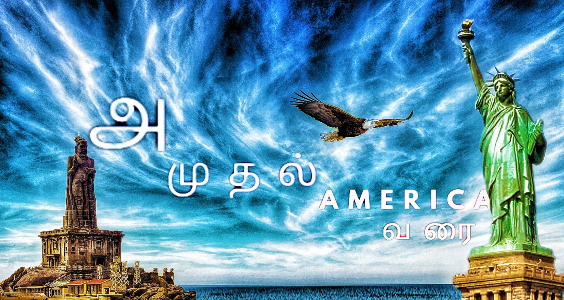
Every year, thousands of Indian students and hundreds of Tamil students make their way across the oceans towards to the land of opportunities in pursuit of their dream to master their craft. This channel is a way of trying to trace that journey by sharing the experiences of other students who are just as much trying to find their way through amazingly rewarding maze. Graduate Students Gautam Sharma and Aadhavan Sibi and with their interesting list of guests from different walks of life go through their experiences right from their Visa Interviews through finding themselves among the sea of familiar yet strange face to the dreaded job hunt. Strap on your seatbelts, we are flying to meet Uncle Sam.
In this episode of A mudhal America varai, “Visa Villangam” Gautam Sharma and Aadhavan Sibi discuss the villangams involved in the nerve-wracking process of getting your visa approved and your flight experience. From the WhatsApp groups, to the long queue at the consulate, to the harrowing experience of flying out of country all by yourself, none of us did this without some help from other fellow students. This is just us trying to tell other people that they are not alone in feeling that way, by sharing our experience of how we dealt with all of that ourselves.
Listen to this episode by visiting Visa வில்லங்கம் at Creative Disturbance.
New Lab Member Introduction
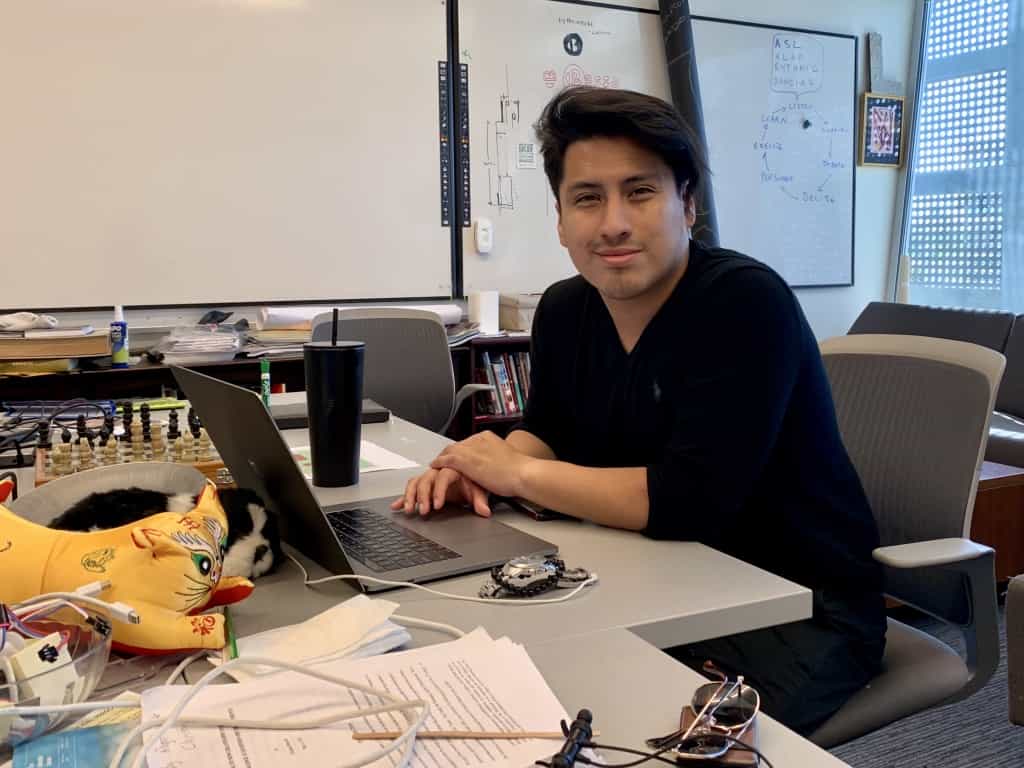
Anthony Inga is an undergraduate design researcher at the UT Dallas School of Arts Technology and Emerging Communication with a background in engineering and computer science. He brings his unique eye to design through participation in the AIGA association for design, the Public Interactives Research Lab, and now as a research assistant at the ARTSCI Lab. Anthony has volunteered as a keynote speaker for non-profit organizations such as Big Thought and IxDA Dallas. Apart from school, as an employee of Wolfgang Puck Catering, he’s served as a local bartender in the Dallas area for several years, though he finds himself most at his element when mixing his minimal visual style in concert with unique interactive solutions.
As a collaborator of the lab, Anthony will be developing his capstone project in which he will be investigating restaurant menu designs, particularly cocktail menus, on how they might be reimagined using psychology, art, and technology to better inform the customer of the selections in hopes to raise satisfaction rates. Through the lab, Anthony hopes to gain experiences as a project manager and creative researcher. Apart from this, he will assist the lab in extending its international network to Peru through his own connections as he is also a native to the country’s capital city, Lima.
Anthony has served as an informal collaborator in the past, but is now excited to hit the ground running as one of the newest official lab members!
